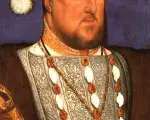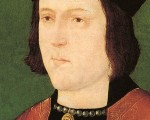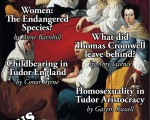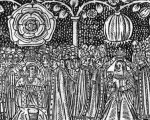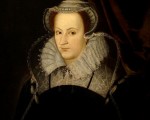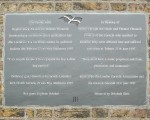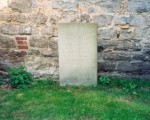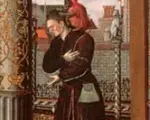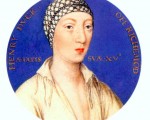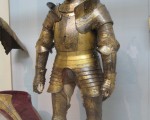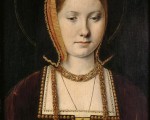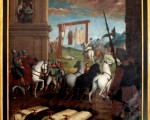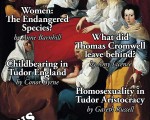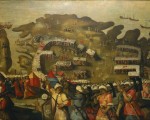
The waters of the bay were littered with floating wooden crosses. To each was nailed the decapitated corpse of a warrior who had died trying to defend the island. This was the gruesome sight which presented itself to Malta’s citizens in the last days of June 1565. After a month-long siege the fortress of St. Elmo had been obliterated by Muslim artillery and its 1,500 surviving inhabitants had been butchered. The incident has a horribly familiar ring to it. We recognise the fanatical nihilism of terrorists who justify their own most inhuman impulses by reference to the creation of a worldwide Islamic state from which everything not in accord with Sharia law would have been purged.
[Read More...]

